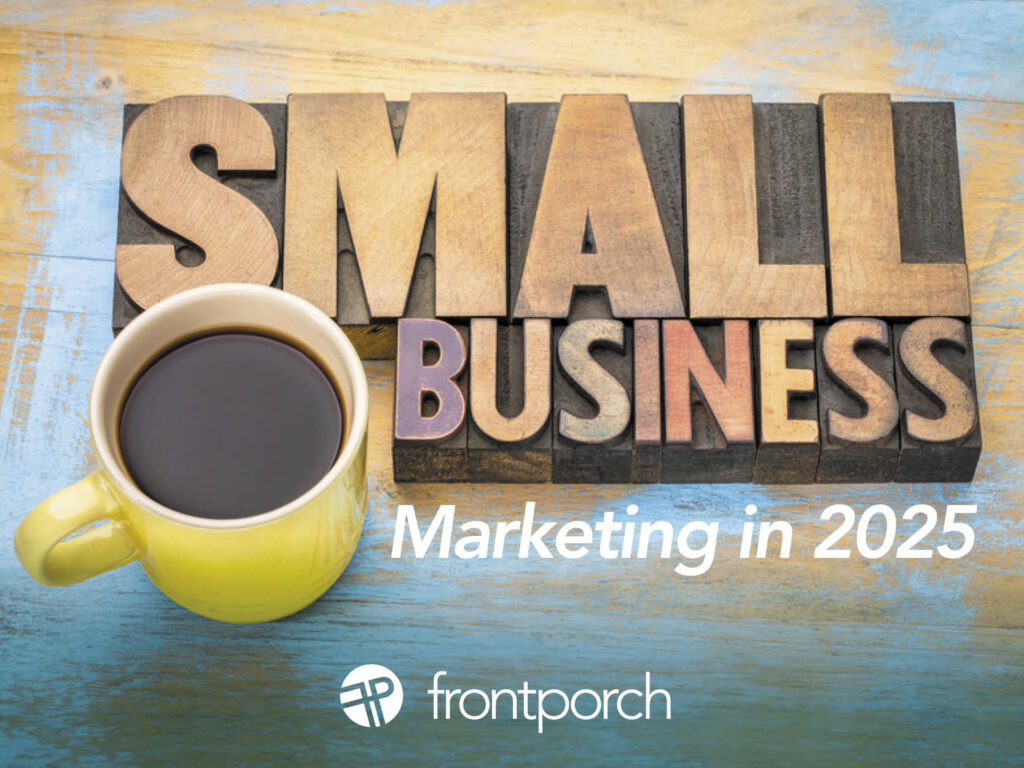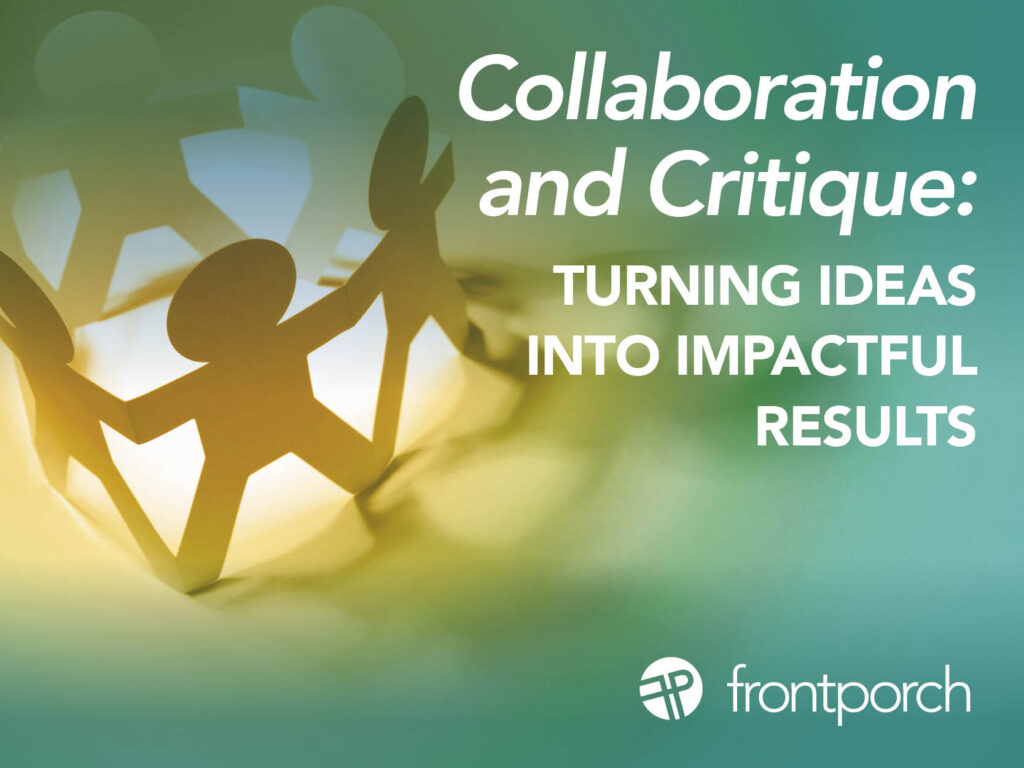
Cheers to February 2025 and the marketing investments our clients are focused on in this new year.
Last year was weird. If it wasn’t for your business or brand, please share. Because this weirdness has been a topic of conversation with our peers, industry leaders and current and prospective clients. From a business to business and business to consumer standpoint, sales were all over the place.
And, not stating lightly, the weather had its impacts in 2024. We are forever grateful to work with amazing leaders and businesses who suffered significant impact from weather disasters. From droughts to fires and hurricanes and everything in between.
Even now in 2025, we have some clients questioning what is happening in their industries and why. Trends are bucking historical performance.
Here’s What We Do Know About Marketing Investments
Starting Front Porch Marketing in 2011 was a calculated risk. The labor market was weak. There was low consumer demand. And unemployment was high. However, this entrepreneur took the leap. If you can do it now, you can make it anywhere was the mantra.
This year is harkening back to that time. Not an economist nor do I play one on TV, but this time and space feels familiar.
Strategic Marketing Investments Our Clients Are Leaning Into in 2025
- Brand architecture is the guidepost. This creates internal conviction. Brands must concentrate on this internally before communicating externally.
- Brand storytelling is paramount. This builds trust. It builds awareness. It will have a lasting impact.
- Evaluating existing star clients or customers. What brought these rockstars to your business services or products? Where did they come from?
- Marketing tactics that garnered return in the past. As business leaders and entrepreneurs, it is easy to chase the newest shiny object. But don’t forget the marketing truths. The numbers don’t lie.
Want to sustain or grow your business? Invest more in branding and marketing.
So, I leave you with this dear readers: Creative, collaborative problem-solving has been and continues to be golden. Leaders and the right marketing partner can navigate the most complex of challenges together, making successful marketing investments for growth. With agility and innovation, the sales will follow.
Stay true to your brand and as a business leader, be real. Use your brand architecture as the guidepost. If it isn’t defined — for heaven or the universe or whatever — call us and let us help.
Embrace change. The growth mindset and calculated risk taker will see topline growth. With your eye on the prize and thoughts on what we have shared here, no matter what is going on in our economy, your business will succeed.









